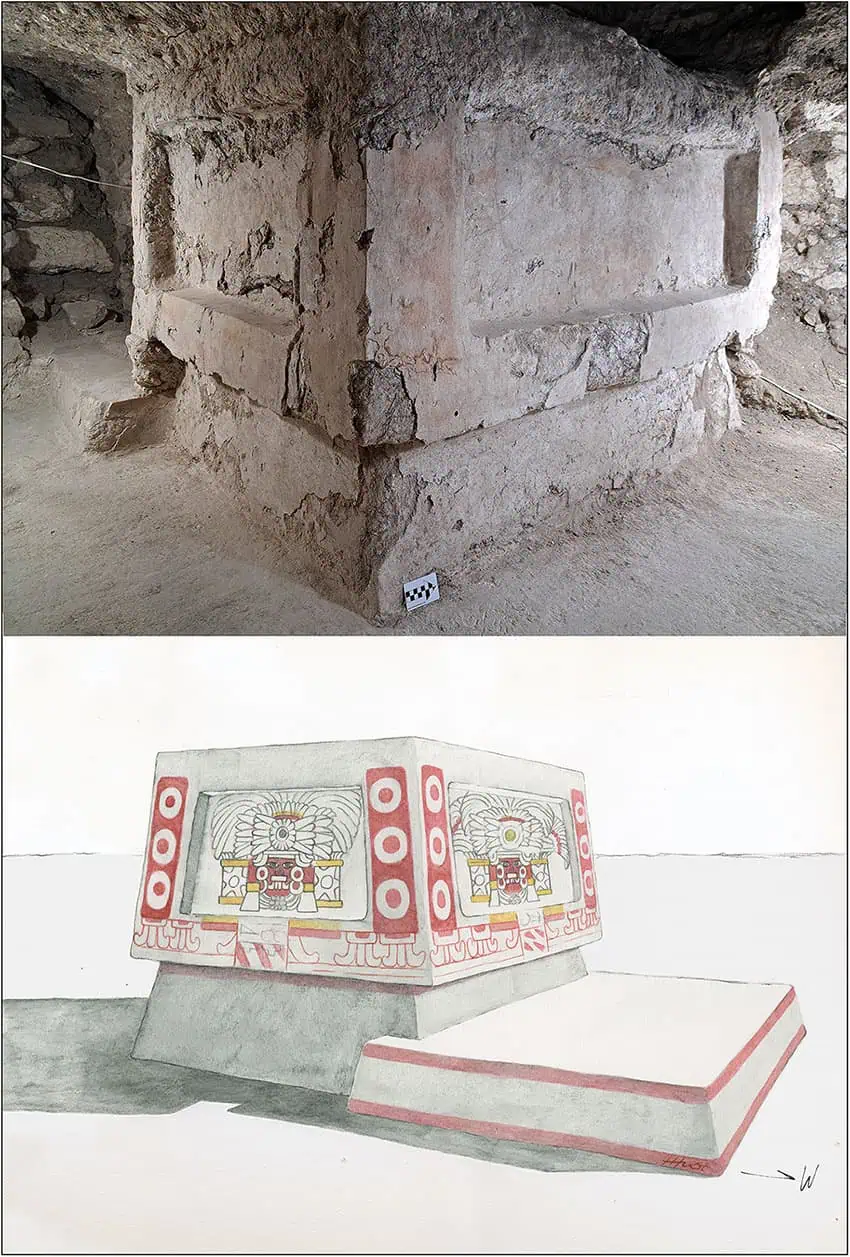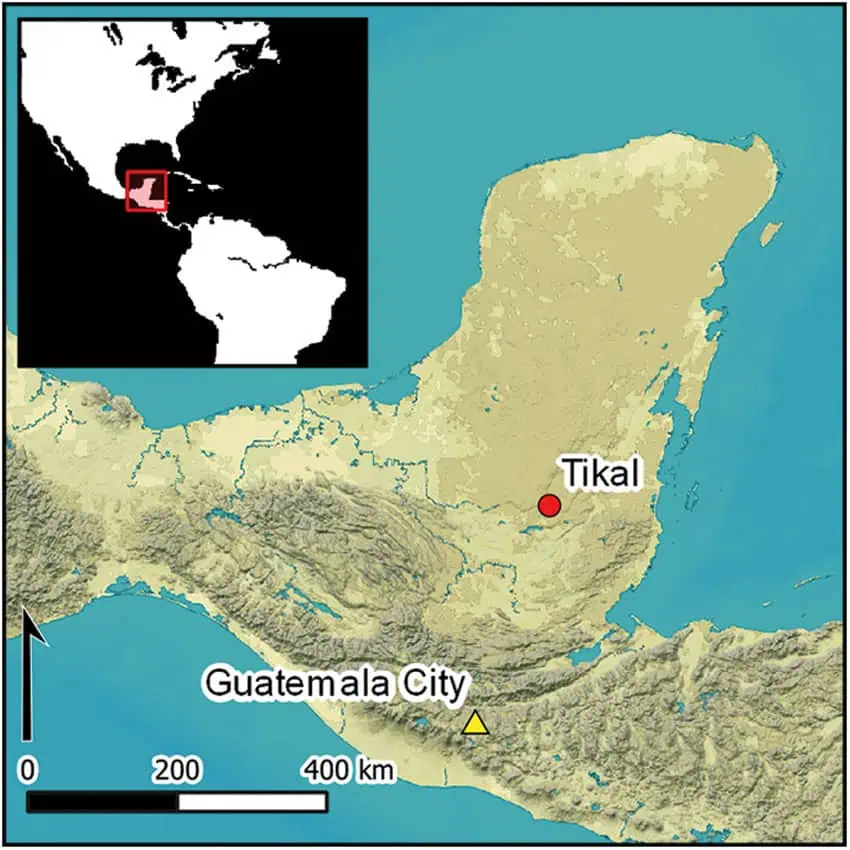The 1,600 year old The ancient city of Diyodihuakan.
According to a study published this week In the ancient magazine, the altar was not built by local Maya, but from Theodihukan “by foreigners”, now located at a distance of 1,500 kilometers in Central Mexico.
The Tiodhuwan, known as the “city of gods,” is famous for a wide part of the northeast of modern Mexico Its monumental pyramids, Between 100 BC and 750 AD, during its peak, Meso America is vibrant murals and influential cultural and economic access.
BC 850 BC.
The Ministry of Culture and Sports in Guatemala announced this week’s inventions, describing the altar that clearly decorated with painted murals and ritual sacrifices – researchers say that Messo Aamerican Power Dynamics.
In the 1-meter-tall limestone altar buried under a residential premises in the tickel national park (a tilted group of an inwardly sloping group is a vertical, rectangular group) and a goddess like the “Great God” or “Great Goddess”. The National Park is located in North Guatemala, which is less than 100 kilometers from the Mexican state of Kampech.

The figure, which has a feathers surrounded by almond -shaped eyes, a blurred nose bar and shields, is found on four sides of the square piece. Archaeologists have used advanced imaging technology to express its original red, yellow and blue pigments.
“What the altar is confirmed is that the wealthy leaders from Theodihuakan came to the ticket and created copies of the ritual facilities in their hometown,” said Stephen Houston of Brown’s University. Global Group of Researchers who read the altar. “This shows that Tiodhuhagon left a heavy seal there.”
In an interview on the National Public Radio (NPR), Andrew Sher, another co -editor of the study, said the central ship of research tries to find out how heavy the seal is.
“It’s just a growing feeling of things A few people from Central Mexico to trade or contact in tickens, They were very deeply embedded in politics and everyday life, and in fact, there were immigrants who lived permanently in the ticketing, ”said Shiru, a professor of archaeological and ancient world, J Ou Kovsky Institute of Architecture in Brown.

Built around 378 AD, the altar is in line with a major conspiracy in the history of Tickel, the king of the Diyodhuhagon Elides Tickel, Chuck Tok Ichak Yah nunHis father is at least a classic if he does not have a king in the Owl of the Speerthrovar owl. His installation is seen as a high point in the influence of Theodihukan in the ticketing.
In 2016, another identity was revealed in the Lidar scan: the measured copy of the Fort of Theodihuakan, near the ticketing center, recommends a long -term occupation before the plot.
“The Maya region is the land of wealth – Jade, feathers, cocoa – trying to control it,” said Professor Houston of Social Science, Anthropology and Brown.
Today we present the Ticolin Theodihukano style altar. Tomorrow’s release will be published in ancient times in science magazine. https://t.co/q0nhfey53m
-Thvin Roman-Ramrez (@Heritage 378) April 7, 2025
Excavations around the altar, led by Guatemala Archaeological Analyst Lorena Pais, invented the remains of three children, and all are older. One is in a position to sit – a common practice in the Tiodihukan but is rare among Maya – a green Apcidian Dart Point, with the material symbol of the central Mexico.
The altar is believed to have been used for sacrifices, “especially children”.
Radiocarbon dating indicates that the site was abandoned around 550-645 AD, which corresponds to the decline of Theodihuakan’s own.
The altar is in security without any plans for public access.
With reports from Associated PressOvarian NPROvarian Day And Expansion
(Tagstotranslate) Ancient Civilizations (T) Ancient Mayas (T) Pre-Columbian History (T) Teotihuacán Altar In Guatemala (T) Tikal
Story Credit








